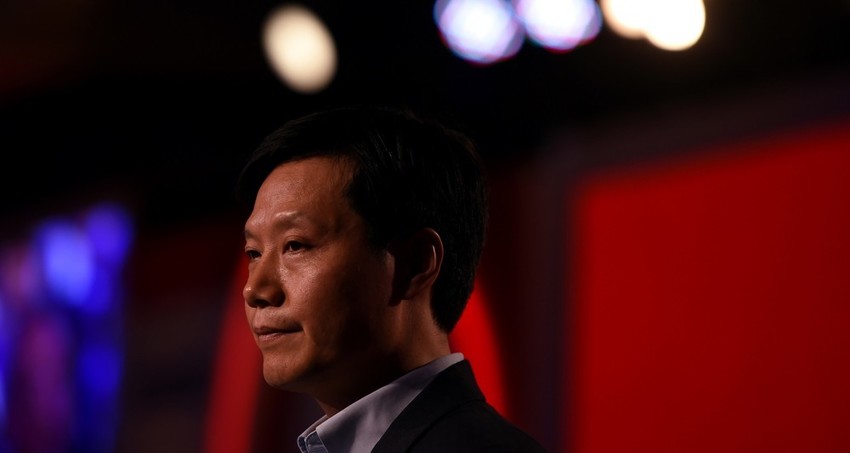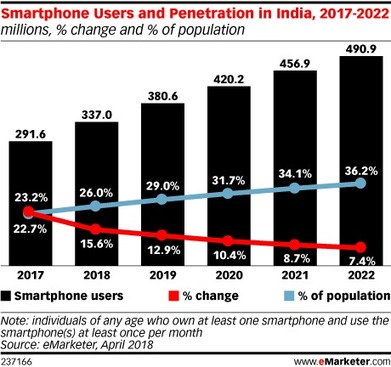Amazon Brings Alexa to Lego Duplo as a Story Guide
MIT researchers are already studying the impact of growing up with Amazon’s Alexa and other voice recognition systems on children. A new mega-brand experiment for them to study—Lego and Amazon are bringing Alexa to Duplo, the chunkier line of blocks that Lego produces for younger kids, ages 2 through 5. The new Alexa skill, called Lego Duplo Stories, offers an interactive experience that combines storytelling with the toys to enhance the play experience. The skill is available now in the U.S. and UK on devices that support Alexa, such as the Amazon Echo or Echo Dot, and offers a selection of stories with audio prompts to guide physical play. Some may worry that providing a menu of scripted stories and paths takes away from kids’ innate abilities to come up with their own stories and use their own imaginations. That’s a fair question for parents and care-givers to ponder as they navigate this world of voice, chatbots and AI that’s now available to be included in children’s playtime—a crucial element of kids’ development.










